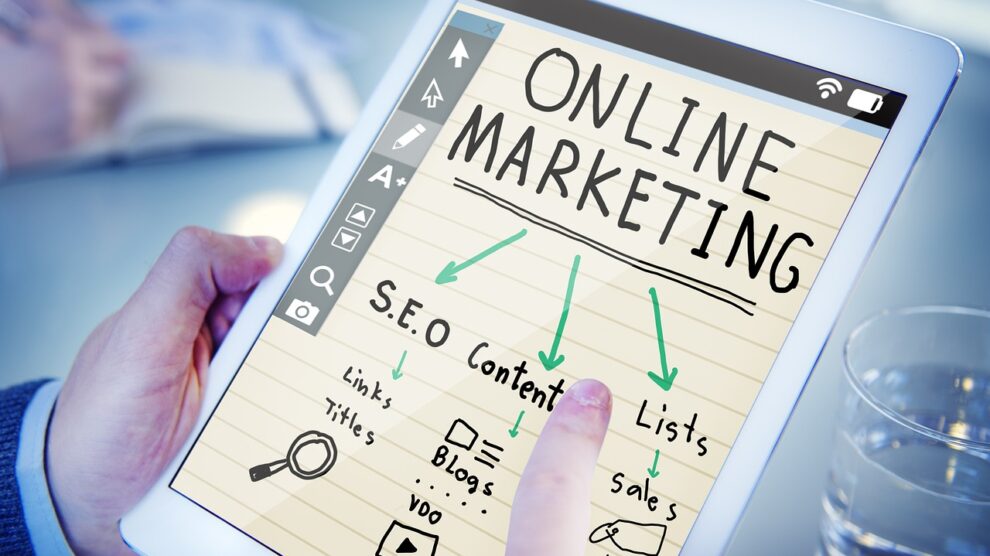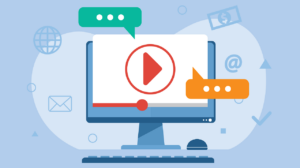Marketing automation is no longer a luxury; it has become the foundation of modern marketing processes. Due to today’s customer demands, marketing automation (in its various forms) is being applied in nearly three-quarters of companies to automate repetitive processes, enhance targeting, and deliver improved customer experiences. Indeed, 62% of marketers believe that automation is a crucial factor in their overall marketing strategy.
Whether it is email chains and lead nurturing or AI-based personalization, automation enables the brand to give less attention to manual implementation but more to strategy, creativity, and growth. However, even with its increasing usage, only 9% of marketers report having fully automated the customer experience, which gives a massive potential for having data-driven and smarter operations that can help a brand stand out.
In this article, we’ll explore 11 practical examples of marketing automation you can implement right now.
11 Examples of Marketing Automation to Implement Today
1. Welcome Email Sequences
A well-timed welcome email is your chance to make a strong first impression. Automated welcome sequences introduce your brand, share helpful resources, and set expectations for future communication.
These messages often outperform standard campaigns. Welcome emails have four times higher open rates than regular newsletters, proving how automation can immediately boost engagement and trust.
2. Lead Nurturing Workflows
Not every lead is ready to convert right away. Lead nurturing automation helps guide potential customers through the buying journey by sending educational, targeted content over time.
This keeps your brand top-of-mind and builds trust organically. Nurtured leads also tend to spend more; research shows they make 47% larger purchases than non-nurtured leads, making this one of the most valuable automations for B2B marketers.
3. Abandoned Cart Reminders
Cart abandonment happens across industries, whether it’s eCommerce checkouts or B2B demo sign-ups. Automated cart reminders are a simple yet powerful way to re-engage prospects who left mid-way.
A timely follow-up email or text with a gentle nudge, discount, or product recommendation can recover a significant share of lost sales opportunities with minimal manual effort.
4. Behavioral Email Triggers
Automation is at its finest when it responds to user action on a real-time basis. In case a viewer visits your pricing page more than once or downloads certain materials, then it is possible to automatically send a personalized follow-up.
This information strategy makes its messages pertinent and timely, a fact that 63% of marketers consider email automation to be their automation strategy of choice. It is the secret of making conversions without any additional effort.
5. Lead Scoring and Qualification
A manual process of qualifying leads can consume the time of your staff. Using automated lead scoring, every prospect receives a score based on the engagement, e.g., form fills, clicks, or content downloads.
As soon as a lead is received by a threshold, it is automatically transmitted to the sales team, making it respond faster and align better. This procedure aids groups in concentrating on prospects with high intent and maintains pipelines in good health.
6. Dynamic Content Personalization
All touchpoints can be personalized with automation. It will be possible to show dynamic website banners, CTAs, or email content depending on the preferences of each visitor using AI or behavioral data.
An example that can be used is a repeat customer can see a case study concerning his or her industry, and a new customer can see a new offer. This approach targets each message to one person, as 61 percent of marketers use AI to personalize their offers in a data-driven manner.
7. Drip Campaigns for Onboarding
Once a new customer or subscriber comes on board, automation assists you in onboarding the customer step by step. A drip campaign that runs over several days or weeks could inform the users on features, best practices, and success tips.
These sequences not only minimize the churn but also make customers perceive value early. A properly developed onboarding flow may enhance satisfaction and lifetime value to a considerable extent.
8. Re-Engagement Campaigns
All the businesses have cold subscribers or leads. Re-engagement campaigns automatically contact them after some inactivity by sending messages to them or special offers.
Even a basic email that says we miss you can rekindle the interest and get dormant contacts back into your funnel, and be able to utilize the existing database to the fullest, without additional spending on ads. 77% of companies saw higher engagement with email marketing automation.
9. Social Media Scheduling and Automation
A reliable Internet presence is essential. The social automation tools will enable you to post at regular times, track interactions, and keep the platform content flow regular.
This not only saves time but also keeps your brand conspicuous even when your team is engaged elsewhere. Effortlessly, it wins in terms of time efficiency and brand continuity.
10. Customer Feedback and Review Requests
Gathering reviews and opinions can be automated immediately after selling, providing a service, or delivering an event.
A review request as an automated thank-you email can assist in creating social proof and credibility. These automated requests, over time, will have valid testimonials that can augment your reputation and impact on future purchasers.
11. Cross-Sell and Upsell Automation
After a customer places an order, your automation system can detect suitable upsell or cross-sell opportunities.
As an example, when one subscribes to CRM software, he or she might get an automatic promotion of data enrichment or email extensions. This is one of the most lucrative types of automation because, according to the research, personalized product recommendations can increase sales by a factor of 20 or more.
Bringing It All Together
It makes you work smarter, not harder, with a scalable provision of relevant and personalized experiences on time. As the global marketing automation market continues to expand toward $15+ billion in value, brands that adopt these workflows today will stay ahead of the curve tomorrow.
The important thing is to make it simple at the beginning and gradually increase the automated emails, social posts, or lead scoring.
Adopt any of these 11 examples and you will find that you will see an efficiency, engagement, and ROI that are measurable, not to mention that your team will be able to concentrate on strategy and innovative ideas.





